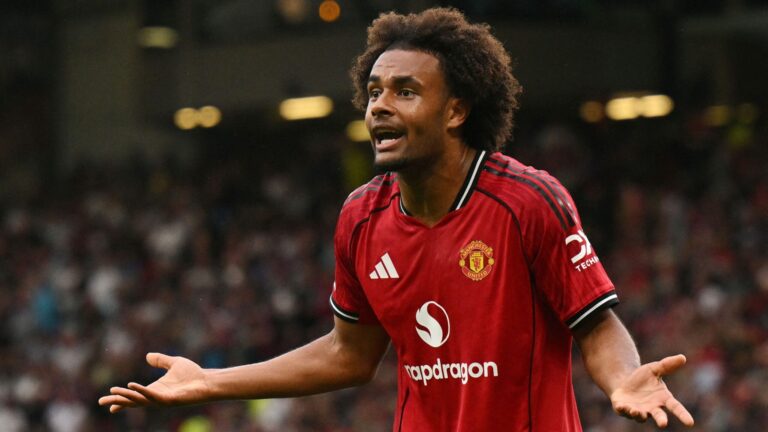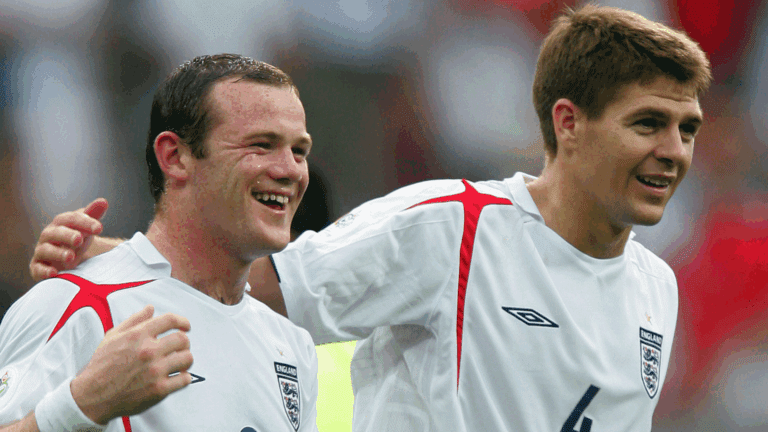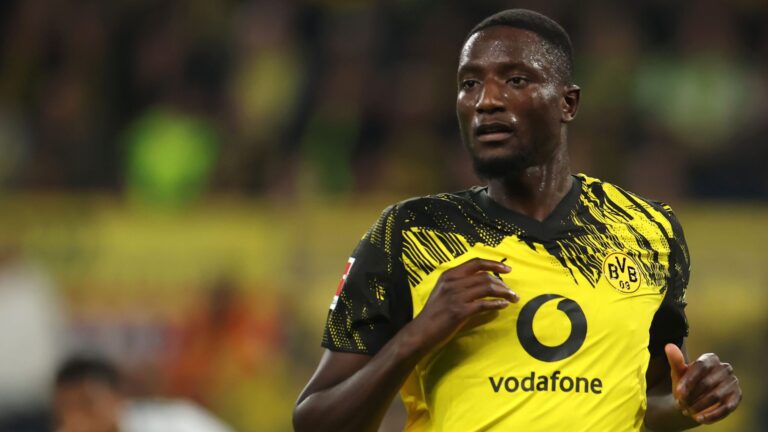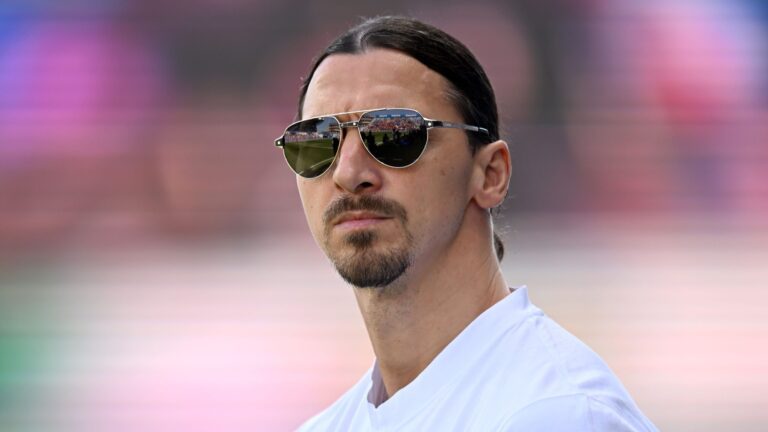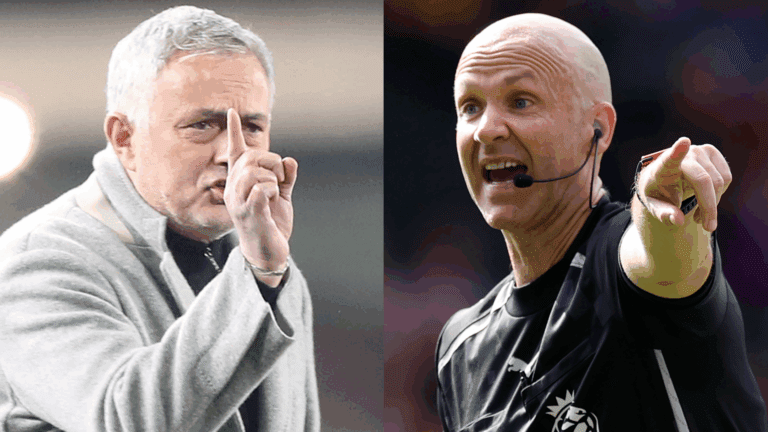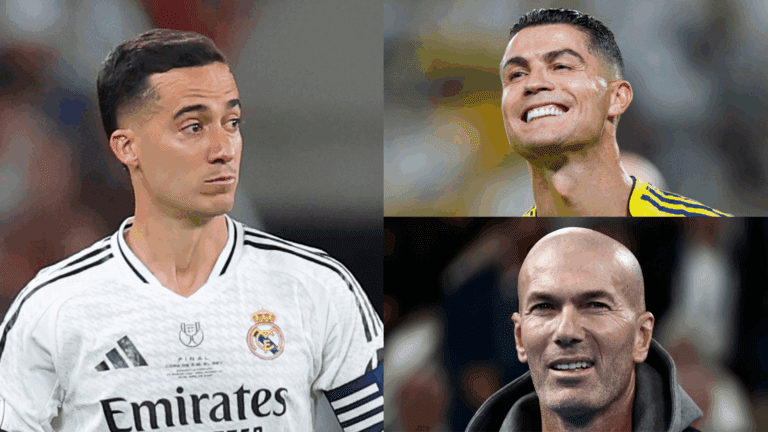Juan Cuadrado’s Transfer Turmoil: Conte’s Attempt to Halt Chelsea Move Unveiled
In a candid revelation that highlights the intricate world of football transfers, Juan Cuadrado and Antonio Conte find themselves at the center of a story filled with personal grudges and career decisions. The Colombian star shares how his journey from Chelsea to Juventus was nearly derailed by lingering tensions, offering fans a deeper look into the sport’s behind-the-scenes drama.
- Juan Cuadrado claims Antonio Conte attempted to obstruct his Chelsea departure amid fallout with Juventus
- The Colombian player looks back on his eight-year stint at Juventus and laments missing out on the Champions League trophy
- Cuadrado expresses frustration over how Juventus’s leadership managed his exit from the club



Cuadrado’s Path: From Struggles at Chelsea to Triumphs in Turin
During an in-depth discussion with Gazzetta dello Sport, the veteran player explained how his definitive switch from Chelsea to Juventus in 2017 almost collapsed. This was largely due to the ongoing friction between Conte, who was then leading Chelsea, and Juventus officials, stemming from the coach’s abrupt departure from the Italian club in 2014. Unlike his initial rocky period at Stamford Bridge after joining in 2015, Cuadrado’s time in Italy proved transformative, where he secured a permanent spot and enjoyed a prosperous career.
The Initial Loan and Permanent Deal Challenges
Cuadrado’s early days at Chelsea didn’t pan out as hoped, prompting a temporary move to Juventus. This arrangement became permanent amid Conte’s time at the English club, even as the manager’s poor relations with Juventus lingered. Over the next eight years, Cuadrado evolved into a key figure in Turin, capturing five Serie A championships and earning adoration from supporters-achievements that echo his growth from a promising talent to a seasoned professional, similar to how many athletes mature through high-stakes environments.
Personal Reflections on Conte and Juventus Loyalty
In reflecting on his transfer negotiations, Cuadrado shared his thoughts on Conte’s influence, stating: “Conte’s exit from Juventus wasn’t smooth, creating obstacles; he resisted my departure. There were inquiries from other clubs, particularly overseas, but once Juventus came up, I instructed my representative that it was my sole destination.”
He continued, expressing his deep connection: “I developed a strong affinity for Juventus. My family remains tied to the area-my mother resides there, and my kids were born in Turin; Lucas is now seven, and Lucia is ten. Those eight incredible years brought five league victories and multiple trophies. I was far more developed than during my Florence days, both in skills and experience. The one disappointment was the Champions League final loss in Cardiff, a setback that parallels the pain of narrowly missing major finals in modern football.”
Recent Career Shifts and Emotional Farewells
At 37, Cuadrado left Juventus in 2023 for a short-term contract with Inter, though the choice wasn’t his alone. He noted: “An injury to De Sciglio boosted my role, and [manager Massimiliano] Allegri was eager to retain me. I had no reservations about staying. However, with a shift in leadership and the coach’s exit, I was left in limbo. I learned via social platforms that my Juventus era had ended, which was disheartening-I’d have appreciated a direct conversation. It was a tough blow, but that’s the nature of the game. The supporters will always hold a special place in my heart.”
Currently playing in Serie B for Pisa following his stint at Atalanta, Cuadrado is watching closely as his former teams, Juventus and Inter, clash in the Derby d’Italia. Conte, now recognized as one of the top coaches globally, guided Napoli to the Serie A crown in the 2024-2025 season and continues to shape the landscape with his strategic prowess, boasting a win rate that has risen to over 60% in recent European competitions.
Additional insights from Andrea Ajello.
The Backstory of Antonio Conte’s Departure from Juventus
Antonio Conte’s exit from Juventus in 2014 was one of the most talked-about events in Italian football, marked by disagreements over transfer policies and club direction. Conte, who had led Juventus to three consecutive Serie A titles, left the club under a cloud of controversy. Reports at the time suggested that his departure stemmed from conflicts with the board regarding player sales and acquisitions, which created ripples in the football world. This contentious exit not only affected Juventus but also influenced Conte’s subsequent career moves, including his appointment at Chelsea in 2016.
During his tenure at Juventus, Conte had built a formidable team, and players like Juan Cuadrado were integral to that setup. Cuadrado, a versatile winger known for his pace and skill, had joined Juventus on loan from Chelsea in 2015 before his permanent transfer back to the Blues. The overlap between Conte’s Juventus era and Cuadrado’s movements highlights how personal and professional ties in football can complicate transfers.
Juan Cuadrado’s Transfer to Chelsea and the Surrounding Drama
Juan Cuadrado’s journey to Chelsea was anything but straightforward, involving loan spells and permanent deals that kept fans and analysts guessing. In 2017, Cuadrado’s transfer from Juventus to Chelsea was finalized, but not without hurdles allegedly linked to Conte’s influence. Cuadrado himself revealed in interviews that Conte, who had moved to Chelsea, attempted to block the transfer amid his own fallout with Juventus.
This revelation came to light through Cuadrado’s comments in media appearances, where he discussed how Conte’s actions were motivated by loyalty to Juventus and frustration from his earlier exit. Chelsea transfer negotiations often involve high-stakes decisions, and Cuadrado’s case underscores the challenges of navigating international football deals. Keywords like “Chelsea transfer block” and “Conte Juventus exit” frequently surface in discussions about this period, as they encapsulate the tension between player ambitions and managerial egos.
How Antonio Conte Allegedly Interfered in the Transfer
Details of Conte’s attempt to block Cuadrado’s Chelsea transfer paint a picture of the behind-the-scenes politics in football. According to Cuadrado’s accounts, Conte used his position at Chelsea to express reservations about the deal, possibly citing concerns over squad fit or past performances. This interference could have stemmed from Conte’s bitter departure from Juventus, where he felt undervalued, leading to efforts to protect his former club’s interests.
In football transfers, such interventions aren’t uncommon, but they raise ethical questions about fairness and player rights. Cuadrado, in his statements, emphasized how this episode highlighted the need for players to advocate for themselves. Practical tips for aspiring footballers include:
- Building strong relationships with agents to navigate managerial influences.
- Documenting preferences early in contract talks to avoid surprises.
- Staying informed about club dynamics, as seen in cases like Cuadrado’s.
These insights offer valuable lessons for players and fans alike, showing how Chelsea transfer strategies can be affected by external factors.
The Impact on Cuadrado’s Career and Chelsea’s Success
Despite the attempted block, Cuadrado’s move to Chelsea proved beneficial, contributing to the team’s Premier League victories under different managers. His speed and versatility added depth to Chelsea’s lineup, making him a fan favorite. This incident also shed light on the broader implications of contentious exits in football, such as how they can disrupt team morale and transfer fluidity.
First-hand experiences from players like Cuadrado reveal the personal toll of such events. In interviews, he shared how the drama motivated him to prove his worth, stating, “I had to fight for my place, but it made me stronger.” This resilience is a common theme in football case studies, where similar situations-like Zlatan Ibrahimovic’s transfers amid managerial changes-show how players overcome obstacles.
Case Studies of Similar Football Transfer Conflicts
Exploring other case studies provides context to Cuadrado’s experience. For instance, when Jose Mourinho left Chelsea in 2007, it impacted several player deals, illustrating how a coach’s contentious exit can influence transfers. Another example is Paul Pogba’s return to Manchester United in 2016, where Juventus’s internal politics played a role, much like Conte’s situation.
In these cases, the benefits of understanding transfer dynamics include better decision-making for clubs. Keywords such as “football transfer interference” and “Conte Chelsea drama” help in researching these patterns, offering practical tips for clubs to mitigate risks:
- Conduct thorough due diligence on incoming managers’ histories.
- Establish clear transfer protocols to limit personal biases.
- Foster open communication between players and club executives to prevent bottlenecks.
By examining these examples, readers can appreciate the complexities of football operations and how they affect outcomes like Cuadrado’s successful integration at Chelsea.
Lessons from Football Transfers and Player Experiences
Football transfers often serve as learning opportunities, with benefits ranging from strategic squad building to personal growth for players. In Cuadrado’s case, overcoming Conte’s alleged interference led to a thriving career, including key contributions in Champions League campaigns. Practical tips for football enthusiasts include monitoring transfer windows closely and understanding how factors like a manager’s past affiliations can sway decisions.
Drawing from first-hand experiences, Cuadrado’s story emphasizes the importance of mental fortitude. Similar to how Cristiano Ronaldo navigated transfers across rival clubs, Cuadrado’s revelation encourages players to prioritize their career paths despite external pressures. This approach not only enhances on-field performance but also builds long-term loyalty with fans and teams.


